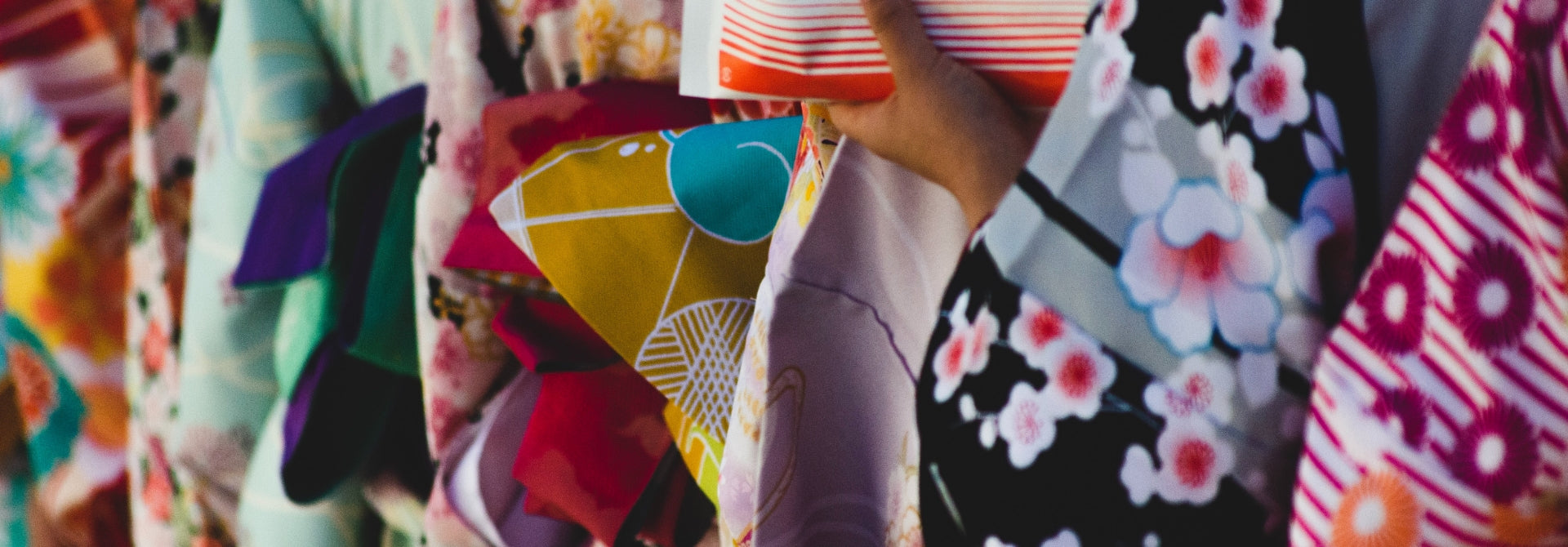A complete guide on Daruma dolls
The fascinating history behind Daruma dolls remains a prominent part of Japanese history, with Daruma dolls still being displayed in businesses and homes throughout Japan. We have created a comprehensive guide featuring all you need to know about Daruma dolls, including information on Daruma history, the meaning behind the Daruma doll and the unique characteristics of their design.
What do Daruma Dolls Represent?
Daruma dolls are round dolls with large blank white eyes and their purpose is to serve as constant reminders of what the Japanese call the gabber spirit. The message behind the dolls is that life is full of ups and downs but it’s within your own power to recover from the lows and to keep moving, which is why they are designed to bounce back when knocked over automatically.
When you receive a Daruma doll, it is customary to make a wish and fill in one of its eyes, symbolically giving the doll its soul. The process of using a Daruma doll is made up of three factors; your goal, your action, and the outcome. To get good luck from a Daruma doll, you need to visualise your goal, paint one eye on to the doll (traditionally the right eye) and then once the goal has been reached, you paint the other eye on.
It was originally believed that the beneficial effect of the doll would expire after one year. After this time, the doll was supposed to be burned to free the god inside. Although it may seem unproductive to give up on a goal that hasn’t been achieved after just one year, in Japan, it is seen as a way of renewing the vow or goal through the burning and then the re-buying of another Daruma doll.

Daruma Doll History
The history behind Daruma dolls is based on a sage monk named Bodhidharma, known as Daruma-Daishi, in Japan. He is widely recognised for introducing Zen Buddhism to China (a form of Mahayana Buddhism), a type of meditation known as Zazen and also Shaolin Kungfu, discovering this while stopping at a Shaolin monastery along his many travels.
While undertaking his journey, he decided to meditate while resting in a cave, which is where the story behind the history of Daruma, named after Bodhidharma’s Japanese name, starts. Bodhidharma spent nine years meditating in the cave with his eyes open, staring at the cave wall for the entire time.
His quest for enlightenment through meditation was so strongly devoted that his body gradually unattached and then dissolved.
The 17th Century marked the start of the production of Daruma dolls, created by local farmers in the city of Takasaki. They were originally produced as charms to be blessed by monks, as the farmer’s income depended mainly on luck during harvest seasons. In only a few decades, the use of the Daruma dolls spread throughout Japan. To this day, the town still produces over 80% of all the dolls distributed in Japan. With many businesses still displaying a Daruma in some form.

Daruma Doll Design
Traditionally, Daruma dolls are made from papier mâché painted red with large moustaches and empty white eyes, as shown in the image above of one of our very own Japanese Shop Daruma dolls. The appearance of Darumas is somewhat surprising, shocking even, for those of us who are used to seeing typically handsome dolls with smiling, friendly faces. They often have a look of anger about them, which is said to be attributed to Bodhidharma’s intense drive and determination.

Daruma Doll Colours
Scholars have tried over centuries to grasp the concept behind the traditional red colour choice but the specific motivation behind it remains unknown. One theory depicts that the colour is in connection with a period of devastating smallpox outbreaks across Asia. People began wearing red garments and decorating front doors with red ropes, to please the god of smallpox and discontinue the illness. Moreover, Daruma dolls were believed to have the power to ward off illness and help with recovering, due to this preconception around the colour red.
More recently, however, Daruma dolls are painted in a myriad of different colours, each thought to help you achieve a specific goal:
Red: luck and fortune
Purple: health and longevity
Yellow: security and protection
Gold: wealth and prosperity
White: love and harmony
Take a look at our range of Daruma dolls and find your favourite as a gift for yourself or a loved one! If you already have a Daruma doll and fancy that little bit of extra luck, check out our diverse range of Japanese good luck charms, including lucky cats, owls, Buddhas and clovers.

